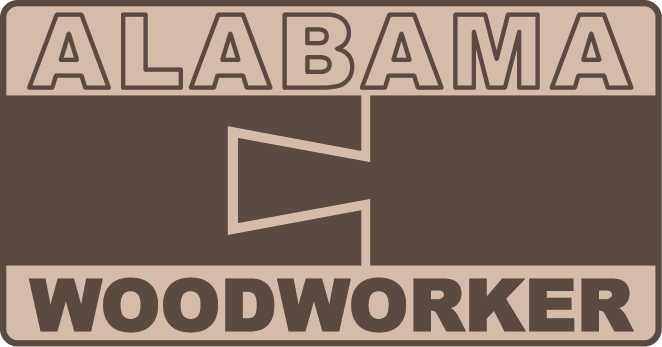Building a welded steel base for a 4’x4’ CNC spindle machine.
*This post is sponsored by The Home Depot
Links below are affiliate links, clicking on them helps me keep this site going at no extra cost to you . Thank you for supporting my site.
In the fall of 2019, I asked a custom CNC builder, Carl Bruce of SpeedLine CNC in Seattle, WA, to build me a budget friendly small shop CNC capable of producing furniture pieces. He advised me to go with a 4’x4’ CNC and for me to build a welded steel table for the CNC machine sit atop. I knew nothing about working with metal or welding, so I contacted my friend, David Moncada @rocketcitywoodshop, to help me with this build.
David has built several steel frames for his woodworking equipment. Under his advice, I built a “welding jig structure” out of OSB to ensure my 1-1/2” steel tubing remains square as I weld them together.
I first broke down a full sheet of OSB with a track saw. This made the OSB more manageable, where I can cut the sheet down more precisely at the table saw.
Making final cuts on the table saw.
The pieces of the welding jig structure are first glued and brad nailed to tack the pieces together.
The butt joints are reinforced with torx head construction screws.
OSB strapping is glued and brad nailed to the inside of the welding jig structure to reference and locate the two middle cross-supports.
The completed welding jig structure holds the steel tubing in place while it’s being welded.
I used 1-1/2" square steel tubing with a wall thickness of 1/8." I was fortunate enough to have the steel tubing cut to size from the vendor. However, I cut the 1/8" thick steel strapping at my shop. To cut the steel strapping, I used the Diablo 5-1/2 in. x 30-tooth metal cutting saw blade with bushings. This blade is made to cut steel studs, angle iron, channel, flat bar, and threaded rod up to 1/8" wall thickness. The blade includes three bushings allow it to be used on 1/2 in., 5/8 in., 10 and 20 mm saw arbors. Most importantly, the TiCo hi-density carbide is designed for mild steel with 40x longer life. The Diablo metail cutting blade also comes in a 5-3/8 in. x 30-tooth version. To trim pieces once they were welded as end caps to the steel tubing, I used the AvantiPRO 4-1/2 in. carbide metal cutting wheel on my angle grinder.
The Diablo metal cutting blade comes with three bushings to fit on a multitude of circular saws.
The Diablo metal cutting blade mounted on my Milwaukee circular saw. I used this to cut 1/8” thick flat steel bar.
The steel flat bar is welded to the end of the steel tubing.
The AvantiPRO metal cutting wheel is compatible with most corded and cordless angle grinders.
The AvantiPRO metal cutting wheel trims up the end caps to the steel tubing.
The welding jig structure holds the steel tubing in place as each piece is welding into place.
David showed me how to weld with Lincoln model SP-175 Plus MIG welder.
I tried my hand at welding.
The legs of the steel table were capped with a piece of 3” square flat bar.
The end caps for the legs were tapped using a 1/4"-20 tpi tap from the Husky 77 PC SAE and MM Tap and Die Set. The end caps were tapped to attach a set of 1-3/4" diameter leveling foot caster sold by Apollo Caster.
After the end caps are threaded and tapped, they were welded to bottom of the legs.
After the welding was complete, I used an 80-grit flap wheel on my angle grinder to clean up the welds.
I then cleaned up all the steel before applying a coat black spray paint.
The steel table base received a coat of black spray paint to protect it from rust.
Finally, I attached the level foot caster.
The welded steel table will be a solid, level table to support my new 4’x4’ CNC machine.
























